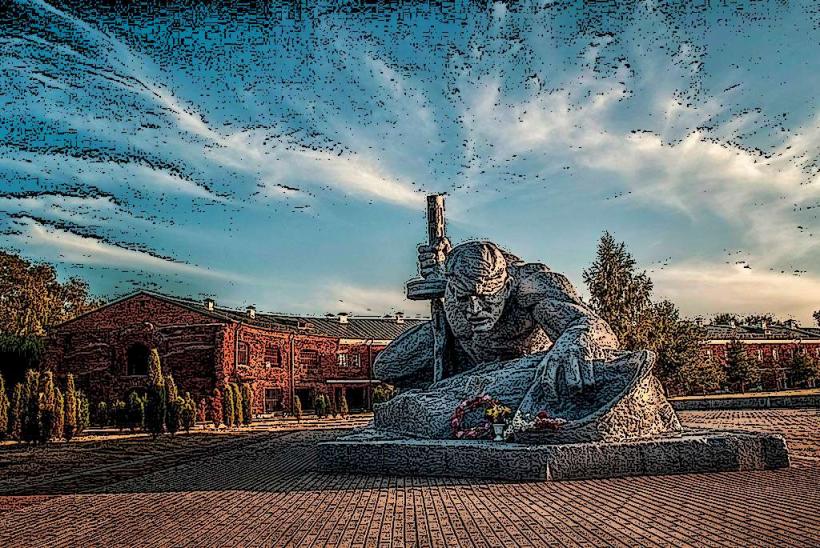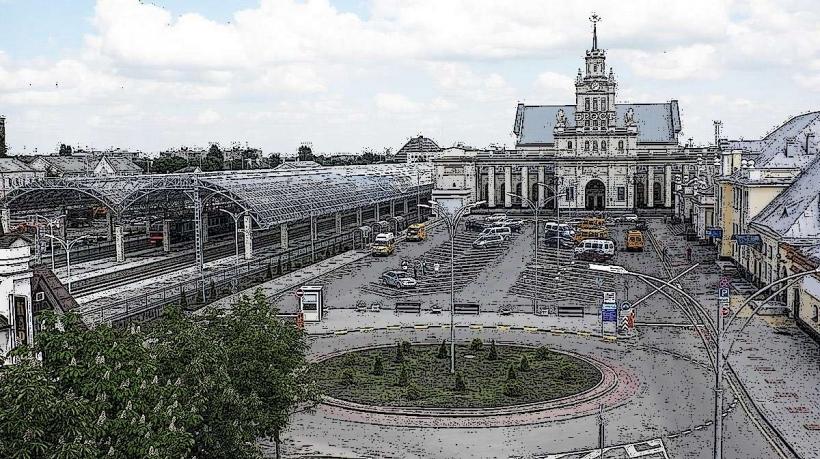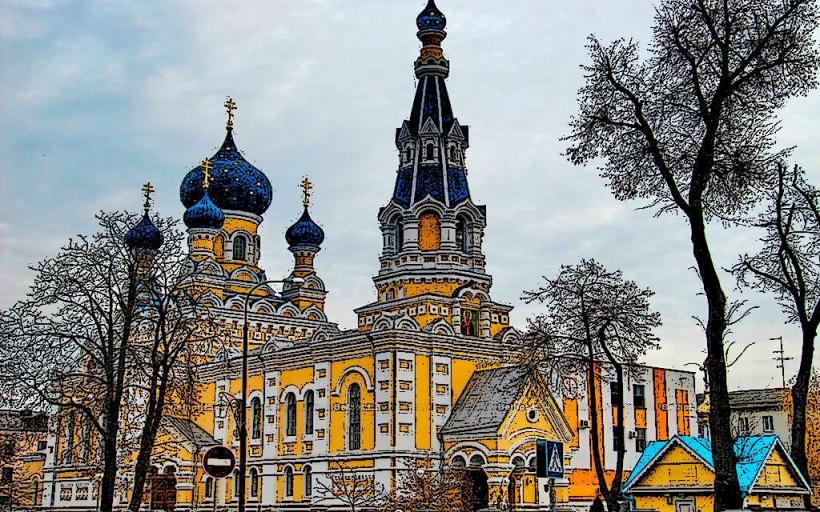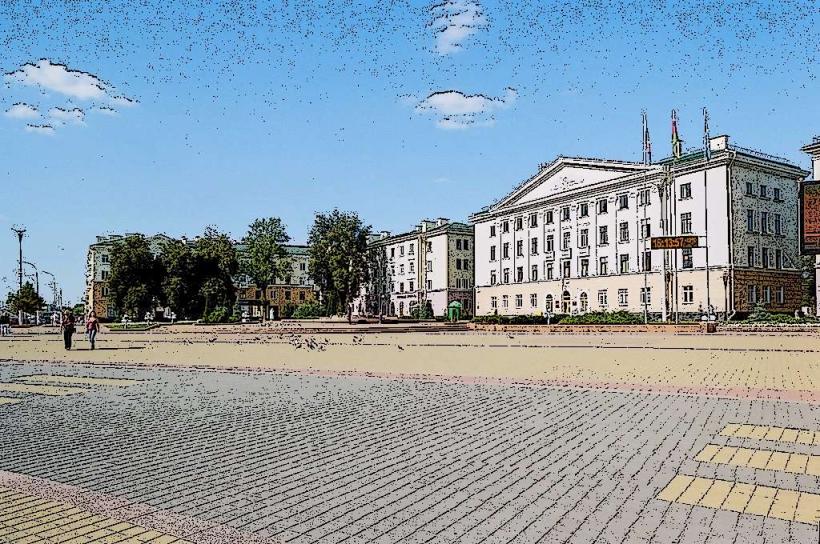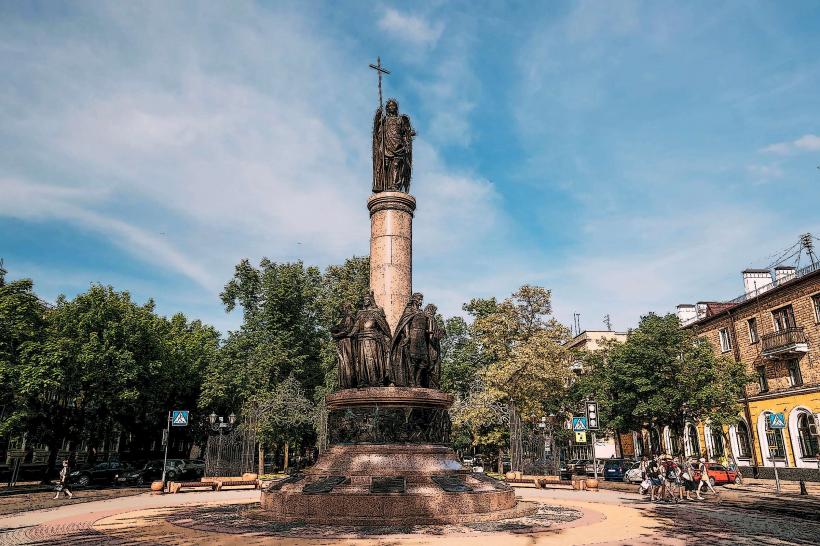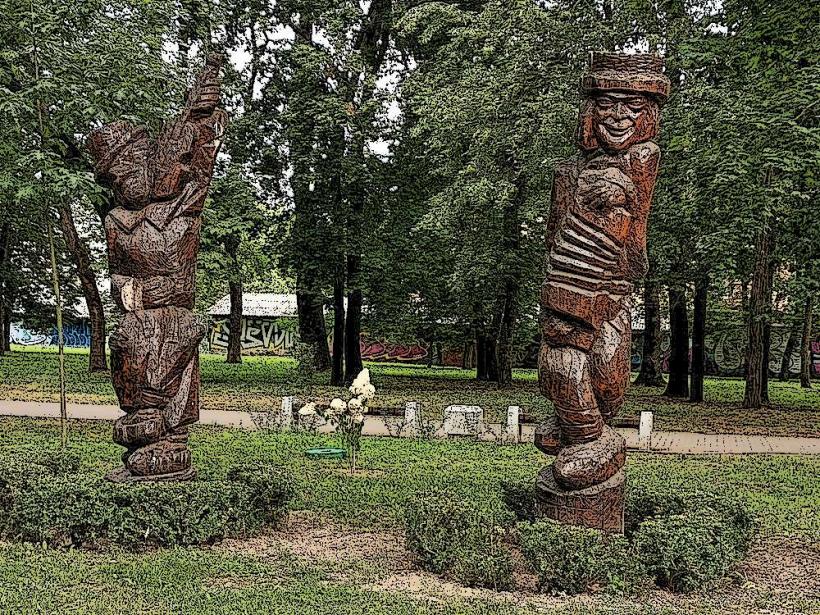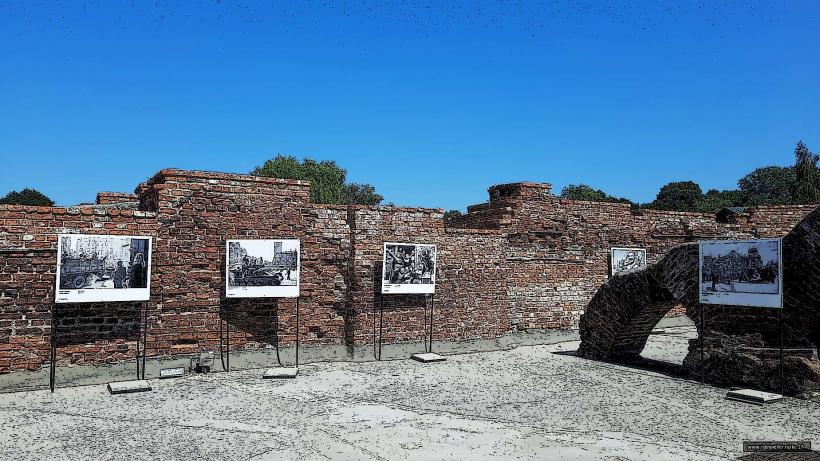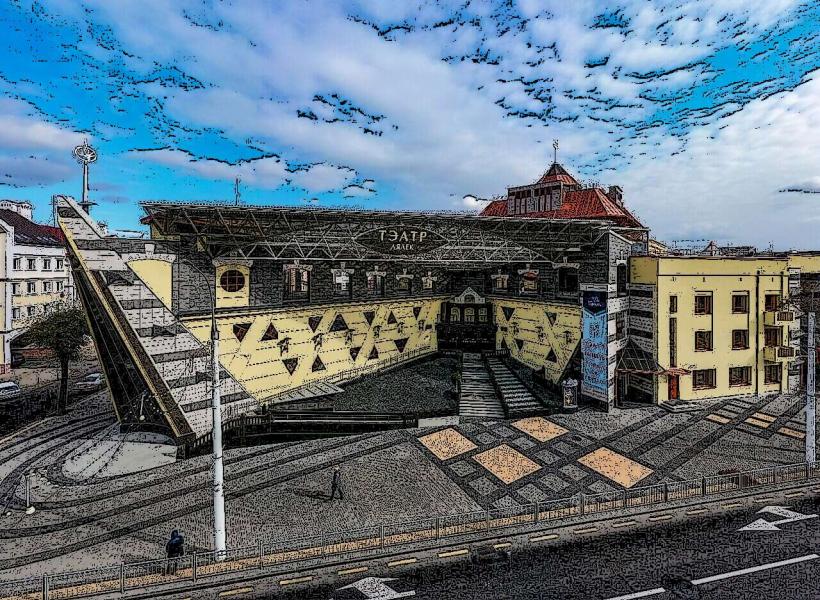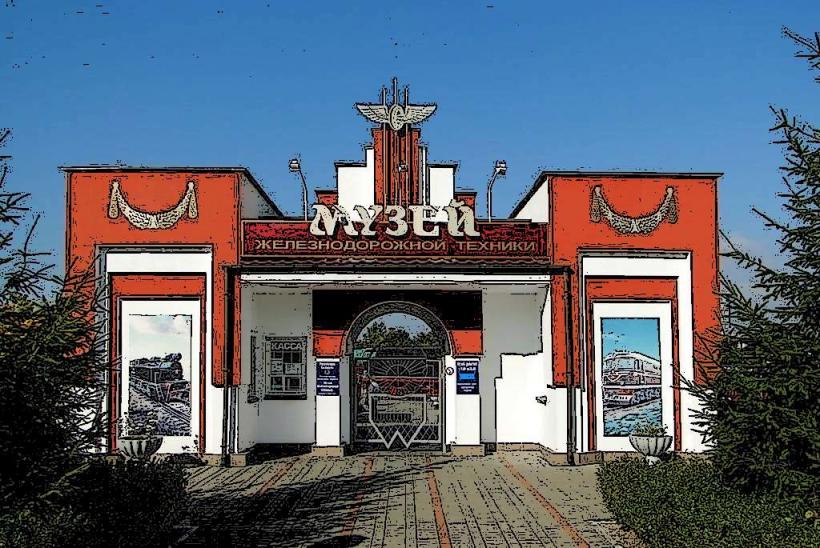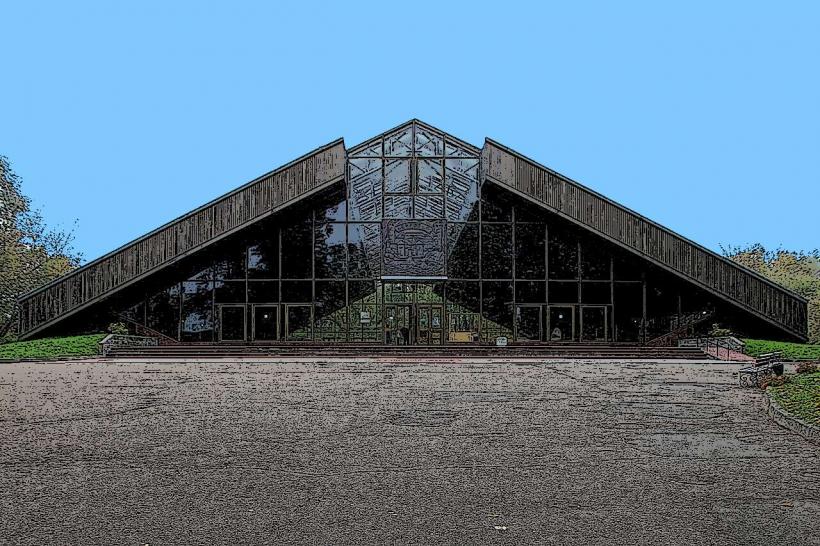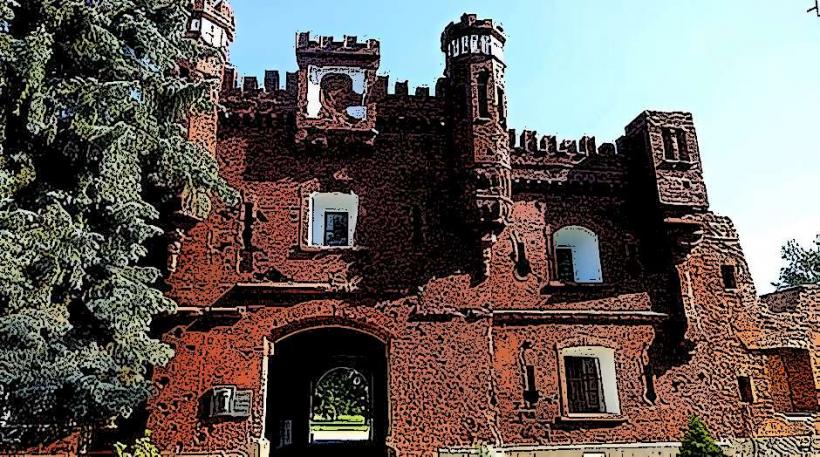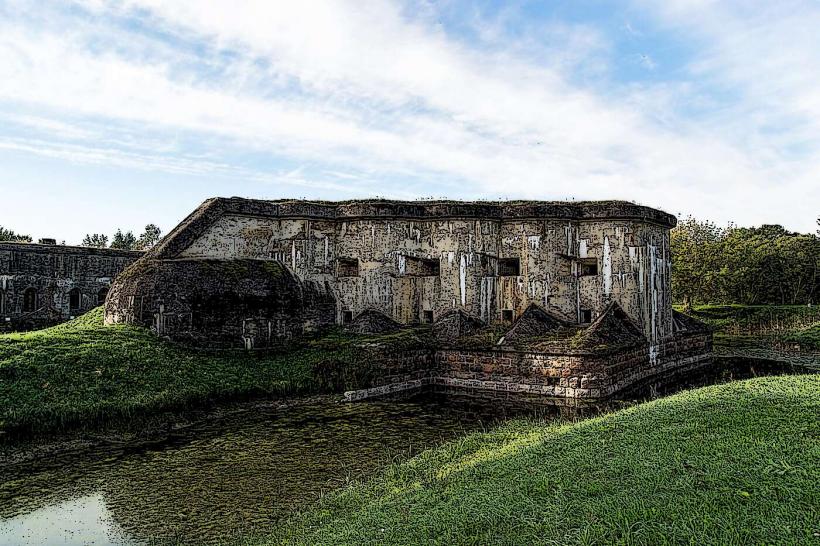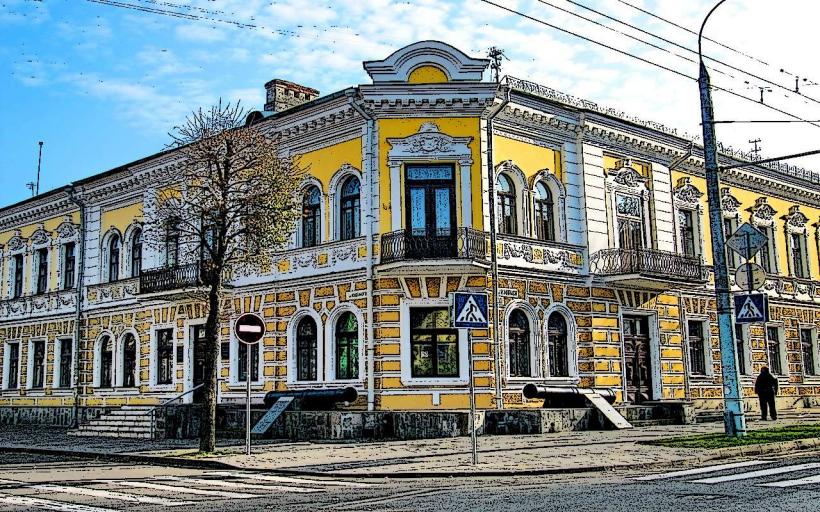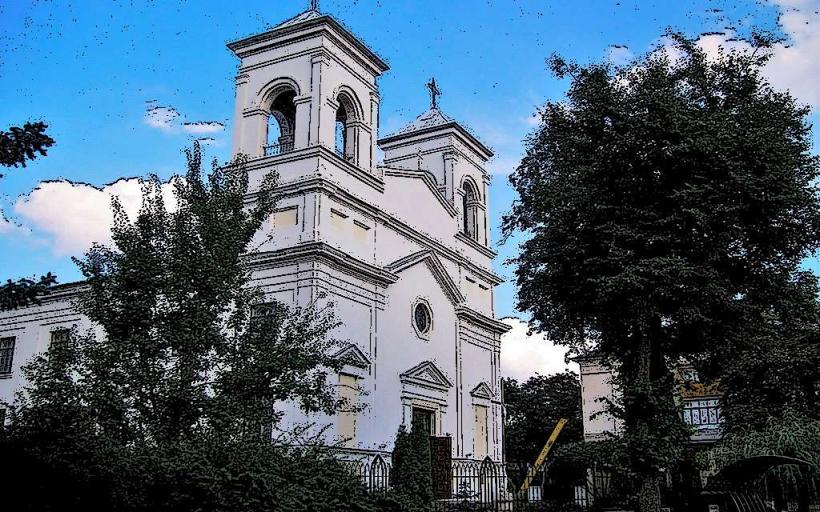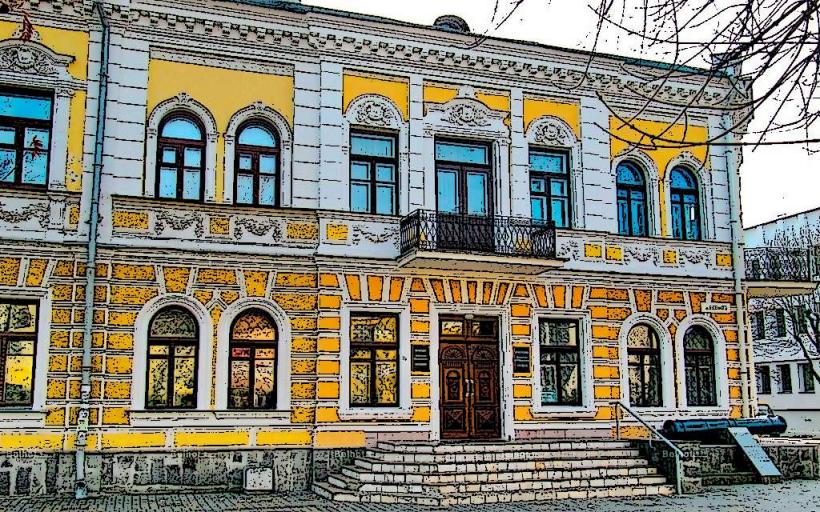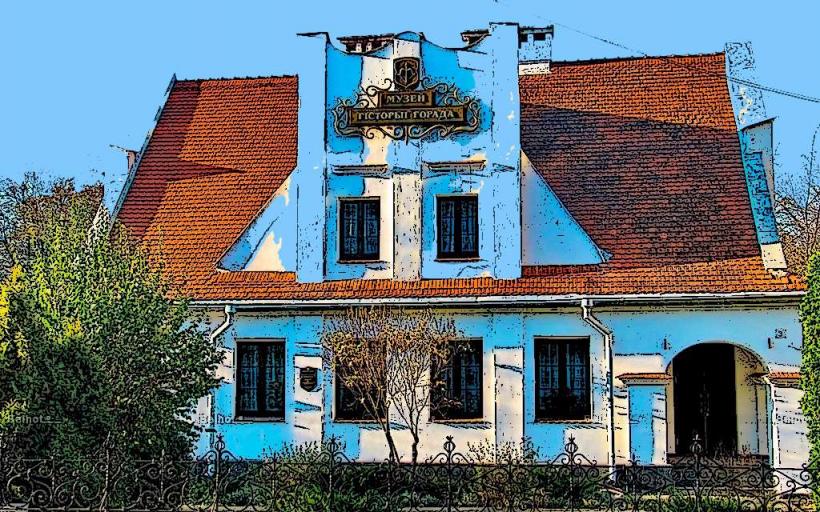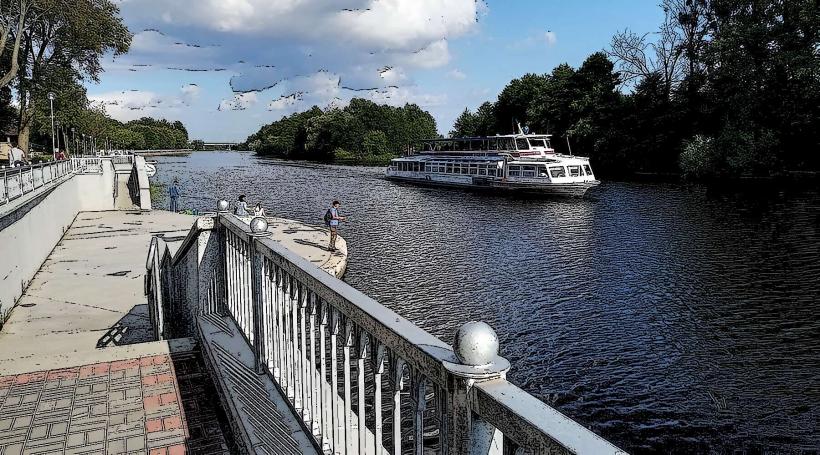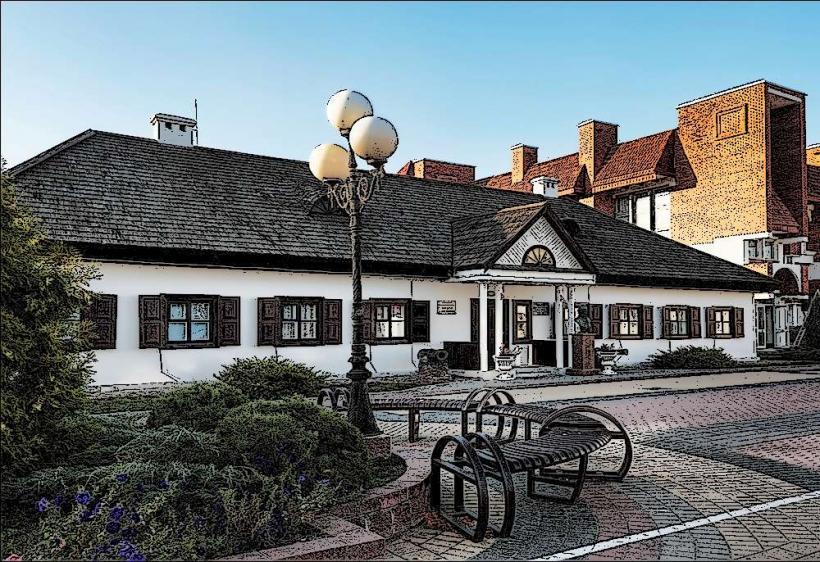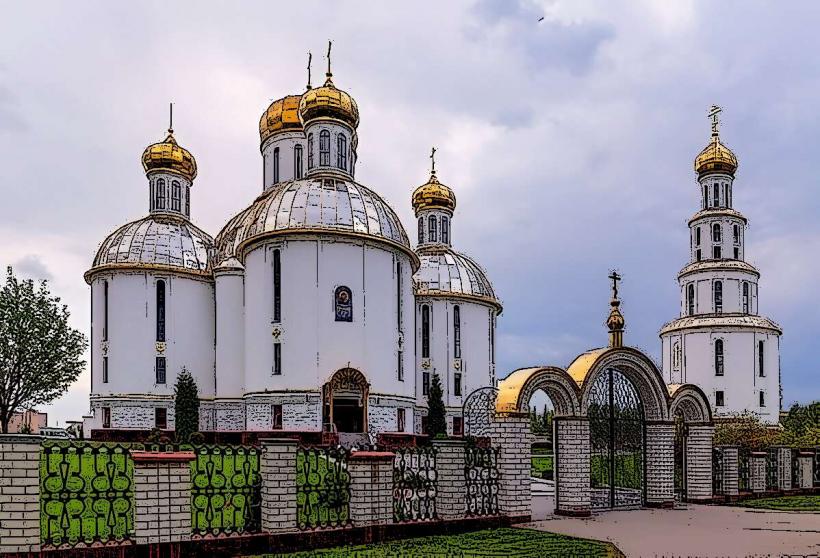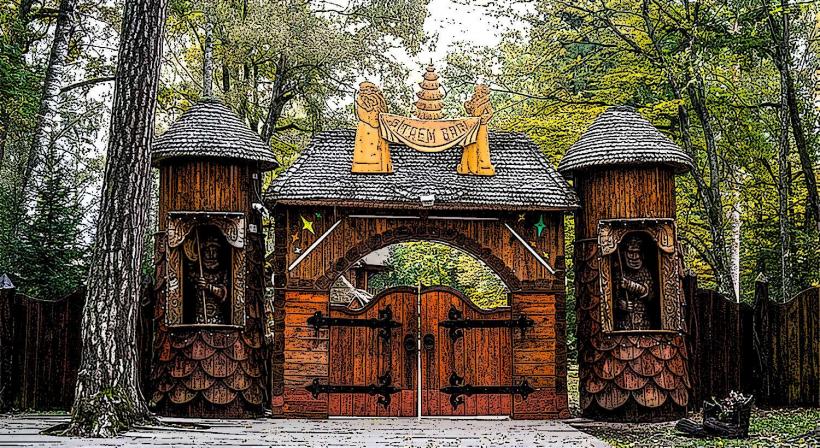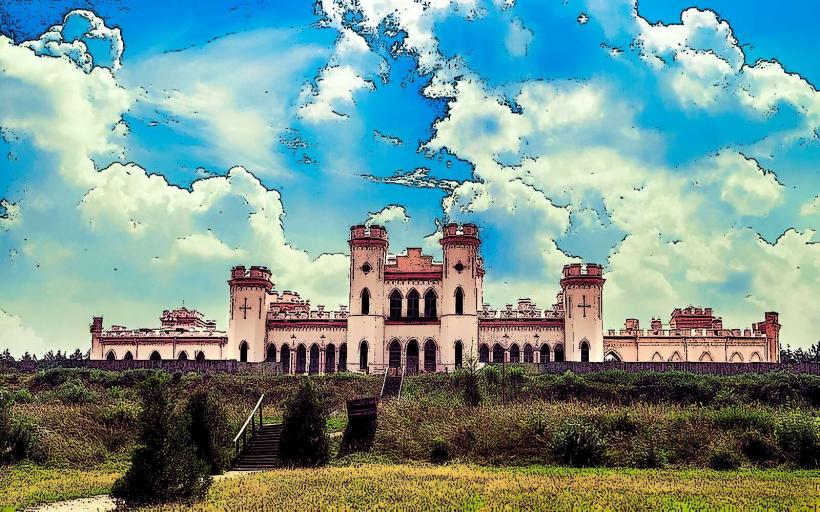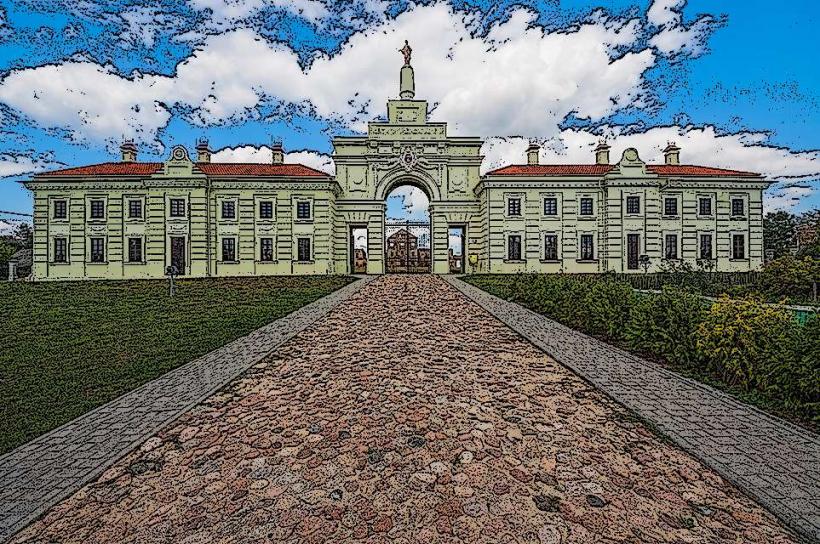Information
Landmark: Brest CanalCity: Brest
Country: Belarus
Continent: Europe
The Brest Canal is an important waterway located in Brest, Belarus, and is one of the major canals that plays a key role in the region's history, transportation, and water management. It connects the Bug River to the Mukhavets River, creating a vital link between different parts of the Brest region and contributing to both local and regional development. Here’s a detailed look at the Brest Canal and its significance:
1. Location and Course:
- The Brest Canal is situated in the Brest region of southern Belarus. The canal runs primarily through the city of Brest, providing a connection between the Mukhavets River (which flows through Brest) and the Bug River, which is a significant tributary of the Vistula River.
- The canal stretches for approximately 12 kilometers (about 7.5 miles) in length. It starts from the Mukhavets River in Brest and flows towards the Bug River, passing through areas of historical and natural interest along the way.
2. Historical Background:
- The Brest Canal was originally constructed in the 19th century, specifically around 1871, during the time when Brest was part of the Russian Empire. The canal was built as part of the broader initiative to improve water transportation and facilitate the movement of goods and people in the region.
- The construction of the canal was important for local commerce and trade, especially in connecting Brest to other regions via the Bug River, which is navigable to the north. The canal became a vital transportation route for raw materials, agricultural products, and other goods.
- In the early 20th century, the canal became an essential part of the local infrastructure. During the Soviet era, the canal was further developed for both commercial use and recreational purposes, enhancing its importance for the city and surrounding areas.
3. Economic and Strategic Importance:
- The Brest Canal historically served as a major route for shipping and trade, connecting Brest to other parts of Belarus and Poland. It allowed for the transport of cargo, such as grain, timber, coal, and other goods, which were important for the local economy.
- The canal also had strategic importance in terms of military logistics and defense, as waterways have long been used for transporting troops and supplies in times of conflict. Given Brest's position near the border, the canal was an important part of the regional defense infrastructure during both the Russian Empire and the Soviet Union.
4. Role in Water Management:
- In addition to its role in transportation, the Brest Canal also serves an important function in water management in the region. It helps regulate the flow of water between the Bug and Mukhavets Rivers, ensuring that both rivers maintain proper water levels for navigation, irrigation, and other uses.
- The canal also helps control the flow of water in areas that are prone to flooding. By providing a controlled channel for the rivers' waters, it can prevent flooding in the surrounding lands, which is particularly important for agricultural areas.
5. Recreational and Tourism Significance:
- Today, the Brest Canal serves as a recreational and tourism attraction for both local residents and visitors to Brest. The canal is lined with walking paths, parks, and green spaces, making it an ideal spot for outdoor activities such as walking, cycling, and boating.
- Tourists can enjoy boat trips along the canal, which offer a scenic way to experience the surrounding nature and get a unique perspective of Brest and its historical landmarks. The canal is also a peaceful spot for those looking to enjoy nature within the city.
- The area around the canal is popular for its parks, where people can relax and enjoy views of the waterway and nearby landmarks, including Brest Fortress.
6. Infrastructure and Modern Use:
- In modern times, the Brest Canal still retains its significance as a waterway for local transportation, though it is no longer as heavily used for commercial shipping as it once was. The canal's infrastructure has been maintained and renovated, with various locks and bridges allowing for passage of small boats and recreational vessels.
- While it no longer plays a major role in regional commerce, the canal is still used for fishing, tourism, and recreation, and it contributes to the overall quality of life in Brest by enhancing the city's natural environment.
7. Cultural Impact:
- The Brest Canal has become a symbolic feature of the city, with its peaceful waters and scenic surroundings offering an escape from the urban bustle. It serves as an example of the historical interaction between human infrastructure and the natural landscape.
- The canal is often featured in local artwork, photographs, and literature, contributing to the cultural identity of Brest and its people. It’s a common place for locals to gather, making it an important social space in the city.
8. Environmental Importance:
- The canal has also contributed to the preservation of the local ecosystem. The surrounding area is home to a variety of wildlife, including waterfowl and other species of birds. The canal’s banks provide habitats for various plants and animals, creating an important natural reserve within the city limits.
- As an important part of the regional water network, the canal helps maintain the health of the surrounding wetlands and river systems, ensuring that the local flora and fauna thrive.
9. Conclusion:
The Brest Canal is a significant feature of Brest, both historically and in the present day. It has played an important role in transportation, water management, and commerce in the region, while also contributing to the city’s cultural and environmental landscape. Today, it is a peaceful and attractive destination for visitors, offering a blend of natural beauty, historical significance, and modern recreational opportunities. The canal remains an integral part of Brest's identity and continues to serve as a key landmark in the city.

